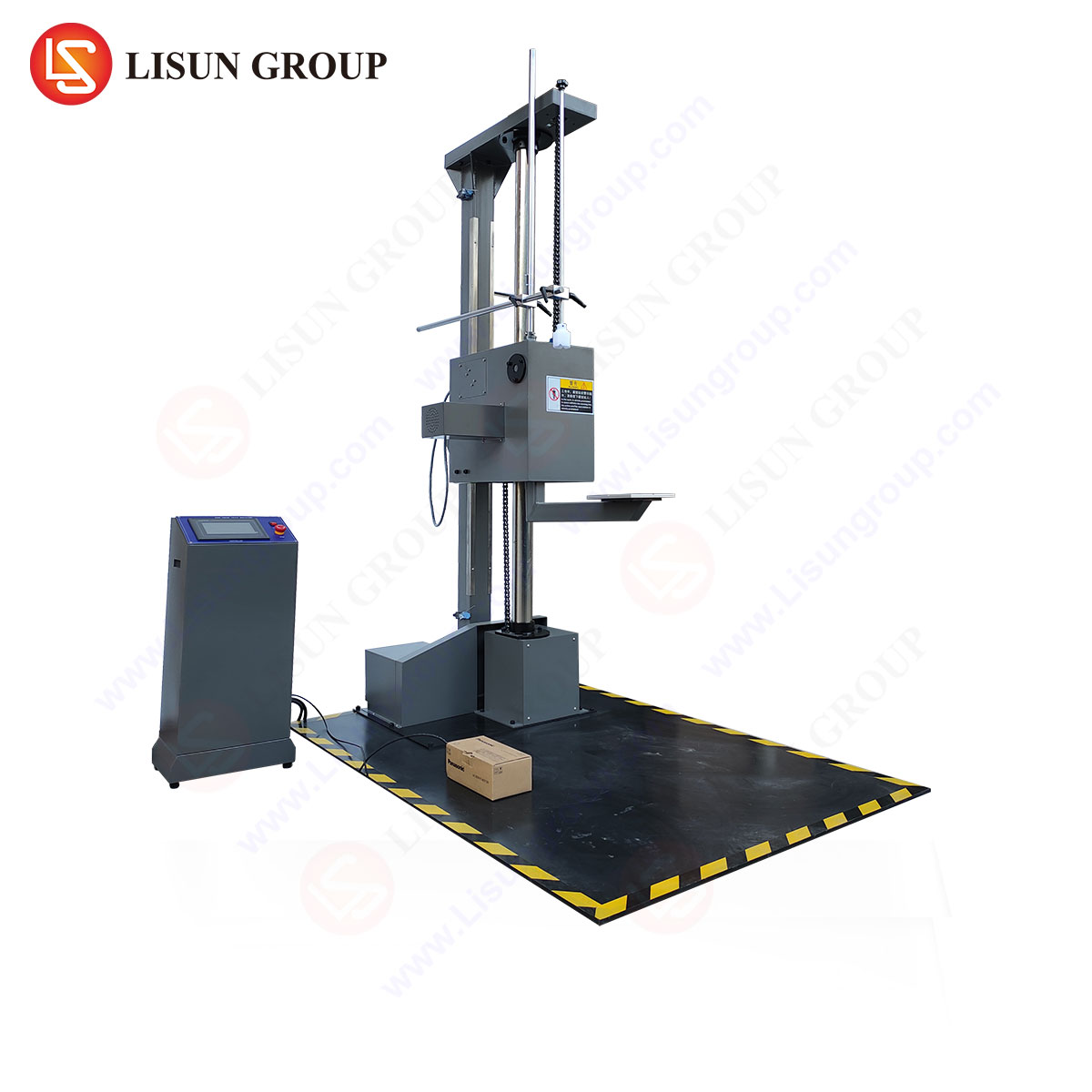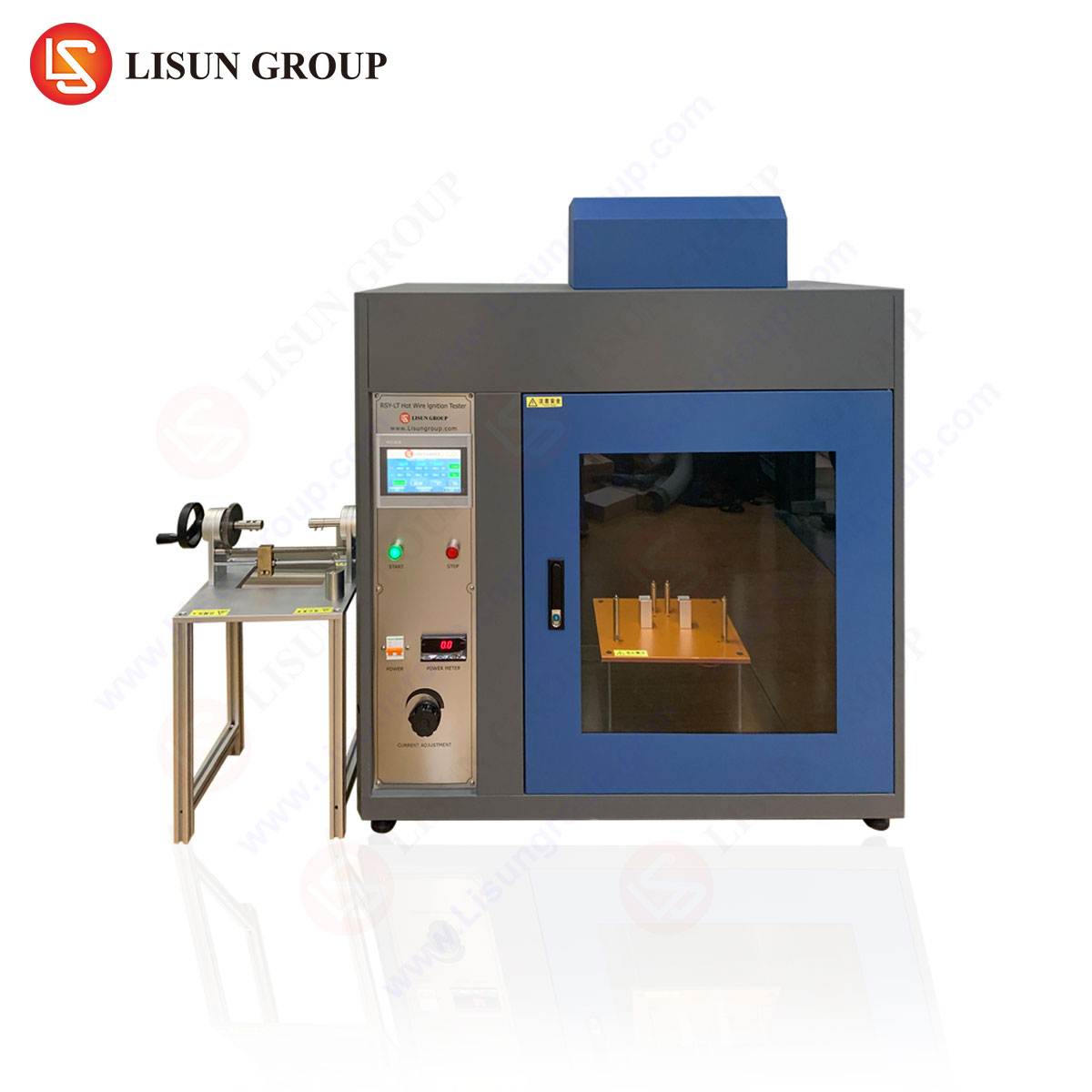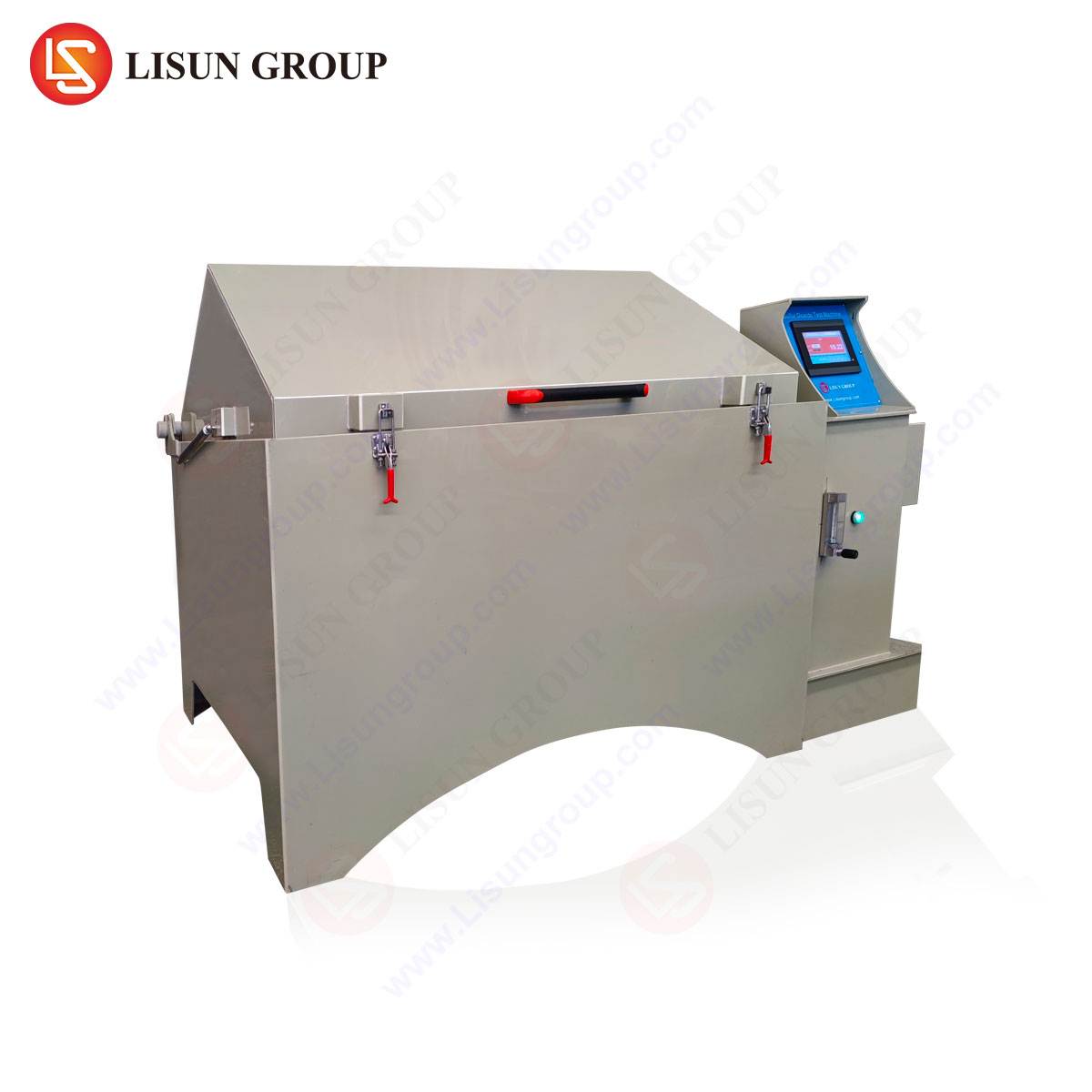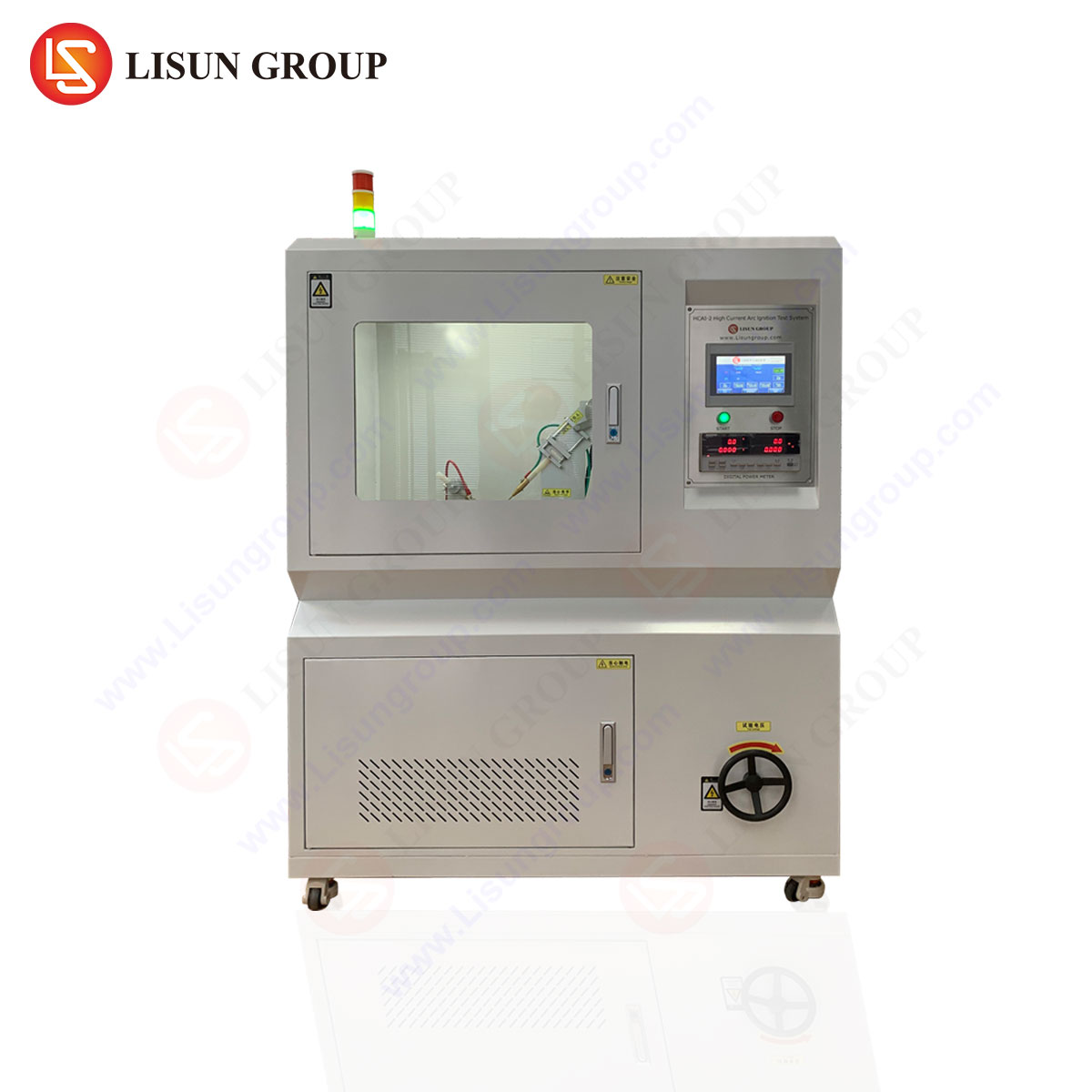The Principles of Optical Haze and Turbidity in Material Science
The quantification of light interaction with materials constitutes a fundamental pillar of quality control across numerous manufacturing sectors. Two critical optical parameters, haze and turbidity, serve as primary indicators of a material’s clarity, purity, and structural homogeneity. Haze is formally defined as the percentage of transmitted light that deviates from the incident beam by more than 2.5 degrees through forward scattering. This phenomenon is predominantly caused by surface imperfections, internal inclusions, or density variations within a polymer or glass matrix. High haze values result in a milky or cloudy appearance, directly impairing visual clarity.
Turbidity, while related, is a distinct metric. It refers to the cloudiness or opaqueness of a solution or solid caused by suspended particles that scatter and absorb light. In liquids, it is a direct measure of particulate contamination. In solids, it can indicate the degree of dispersion of additives or the presence of microvoids. Precise measurement of these properties is not merely an aesthetic concern; it is a rigorous proxy for material integrity, consistency, and functional performance. Variations outside specified tolerances can signal underlying issues in polymerization, extrusion, molding, or cleaning processes, potentially leading to product failure in critical applications.
Instrumentation for Precision Measurement: The HM-100 Haze Meter
The accurate determination of haze and turbidity necessitates sophisticated instrumentation designed to comply with international standards. The LISUN HM-100 Haze Meter/Turbidity Meter represents a specialized apparatus engineered for this exact purpose. Its operational principle is grounded in the dual-beam optical system mandated by standards such as ASTM D1003 and ISO 14782. This system employs an integrating sphere, a key component coated with a highly reflective, diffuse material such as barium sulfate.
The testing sequence is methodical. A collimated light source projects a beam onto the sample positioned at the entrance port of the integrating sphere. The total transmitted light (Tt) is first measured with the light trap out of the path, allowing all transmitted light to be collected by the sphere. Subsequently, the diffuse transmitted light (Td) is measured by activating the light trap, which captures the specular (non-deviated) component of the beam. The haze value is then automatically calculated by the instrument’s processing unit using the formula: Haze (%) = (Td / Tt) * 100%. For turbidity measurement in liquids, the same fundamental principle applies, with the scattered light intensity being correlated to the concentration of suspended particles through pre-calibrated standards.
This compliant methodology ensures that measurements are repeatable, reproducible, and directly comparable across laboratories and production facilities worldwide, providing an objective basis for material specification and quality assurance protocols.
Technical Specifications and Calibrated Performance of the HM-100
The efficacy of any metrological instrument is defined by its specifications and calibration integrity. The HM-100 is characterized by a set of parameters that ensure high-fidelity data acquisition. Its light source is a stable, long-life LED emitting at the CIE standard illuminant A (2856K correlated color temperature), ensuring spectral consistency. The detector is a silicon photoelectric cell filtered to match the CIE standard photopic luminosity function, providing accurate responsivity to the human eye’s perception of light.
The instrument’s measurement range typically spans 0 to 30% for haze with a resolution of 0.01%, and 0 to 1000 NTU (Nephelometric Turbidity Units) or equivalent for turbidity, capable of measuring even the clearest of materials and solutions. Its accuracy is maintained within ±0.5% for haze values below 10% and ±2% for values between 10-30%, with repeatability better than 0.1%. These metrics are not arbitrary; they are engineered to surpass the requirements for detecting clinically significant variations in high-precision industrial components.
Calibration is upheld through a traceable system using NIST-standard reference materials. The instrument is typically calibrated for haze using a pristine reference plate for 0% and a certified haze standard for 100% (or another known value), establishing a reliable baseline for all subsequent measurements. This rigorous approach to calibration mitigates drift and ensures that the data generated is a true representation of the sample’s properties, a non-negotiable requirement for audit trails and certification processes.
Application Spectrum: From Aerospace to Medical Devices
The application of haze and turbidity analysis is vast, intersecting with nearly every modern industry where material transparency or fluid purity is consequential.
In the Aerospace and Aviation sector, canopy polycarbonates and cabin window acrylics must exhibit exceptionally low haze to ensure pilot visibility and passenger comfort. Even minor light scattering can cause glare and visual distortion under high-altitude lighting conditions. The HM-100 provides the quantitative data necessary to certify these materials against stringent aerospace standards.
For Medical Devices, clarity is synonymous with safety. Intravenous (IV) bags, syringes, and fluidic channels within diagnostic equipment must be free of visual defects that could obscure the detection of bubbles or contaminants. Turbidity measurement of pharmaceutical solutions is a direct quality control check for particulate matter. The HM-100 offers the precision required to validate these critical components.
The Automotive Electronics industry relies on clear resins for encapsulating sensors and dashboard displays. Haze in these components can diminish the legibility of instrument clusters or interfere with the operation of optical sensors (e.g., LiDAR, cameras). Similarly, in Lighting Fixtures, the haze of a diffuser panel directly affects the quality and uniformity of emitted light, influencing both aesthetics and functionality.
Telecommunications Equipment utilizes ultra-pure glass fibers for data transmission. While haze is not measured directly on fibers, the principles of light scattering are applied to preform materials and to liquid solutions used in chemical vapor deposition processes. Any turbidity in these precursor chemicals can introduce defects into the fiber, leading to signal attenuation.
Within Electrical Components such as switches, sockets, and indicator light covers, polymer clarity affects both user experience and the perception of quality. Consumer Electronics and Office Equipment manufacturers use haze measurement to qualify touchscreen overlays, display films, and transparent casings, ensuring a premium finish free from clouding.
Competitive Advantages in Industrial Metrology
The LISUN HM-100 distinguishes itself within the landscape of optical test equipment through several engineered advantages. Its design prioritizes operational stability, mitigating the effects of ambient temperature fluctuations and line voltage variations that can compromise less robust instruments. The integration of a high-quality integrating sphere with a non-yellowing coating ensures long-term measurement consistency without degradation of the reflective surface.
The user interface is designed for both simplicity and depth, allowing untrained operators to perform routine checks with one-touch operation while providing advanced menu access for qualified technicians to configure custom measurement parameters and data output formats. This dual-level functionality enhances workflow efficiency on the production floor and in the quality lab.
Furthermore, the instrument’s software often includes comprehensive data management features, allowing for the storage of thousands of measurements, statistical analysis, and direct export to laboratory information management systems (LIMS) or network drives. This facilitates trend analysis and provides a digital quality record for compliance with ISO 9001 and other quality management systems. The robust mechanical construction ensures durability in industrial environments, making it a capital investment with a prolonged operational lifespan and reduced total cost of ownership.
Standards Compliance and Methodological Validation
Adherence to international test standards is a prerequisite for any instrument used in quality-critical applications. The HM-100 is designed to conform to a comprehensive suite of standards, thereby ensuring its acceptance in global markets. Its fundamental operation aligns with:
- ASTM D1003: Standard Test Method for Haze and Luminous Transmittance of Transparent Plastics
- ISO 14782: Plastics — Determination of haze for transparent materials
- ISO 13468: Plastics — Determination of the total luminous transmittance of transparent materials
For turbidity measurement, it references standards such as ISO 7027 (Water quality — Determination of turbidity). This compliance is not merely a claim; it is verified through the instrument’s optical geometry, calibration procedure, and software algorithms. Utilizing a standards-compliant instrument is imperative for resolving disputes between material suppliers and OEMs, as it provides an unbiased and universally recognized measurement outcome. It forms the technical basis for material specifications, procurement agreements, and failure analysis reports.
Interpreting Data for Quality Control and Process Improvement
The numerical output from a haze meter is the starting point for insightful quality analysis. A sudden spike in haze values for a batch of polymer sheets, for instance, can indicate a problem with the extrusion die temperature, contaminant introduction, or inadequate mixing of raw resin. By correlating haze data with process parameters, engineers can perform root cause analysis and implement corrective actions, moving from simple inspection to proactive process control.
Establishing statistically derived control limits for haze and turbidity is a best practice in manufacturing. By measuring a sufficient number of samples from a known good production run, a quality manager can define an upper control limit (UCL). Subsequent production samples that exceed this limit can be flagged for hold and further investigation, preventing non-conforming material from proceeding down the production line. This data-driven approach minimizes waste, reduces rework costs, and ensures a consistent final product that meets all customer specifications and performance criteria.
Frequently Asked Questions
Q1: What is the critical difference between measuring haze on a solid plastic and turbidity in a liquid?
The fundamental optical principle of light scattering is the same. However, the sample presentation and calibration differ. Solids are placed flush against the instrument’s sample port, and measurements are based on the diffuse and total transmission through the solid matrix. Liquids are poured into a specially designed quartz or glass cuvette, which is then inserted into the instrument. Calibration for turbidity uses standardized suspensions, such as formazin, rather than solid haze standards.
Q2: How often should the HM-100 Haze Meter be calibrated to maintain accuracy?
The calibration frequency depends on usage intensity and the required level of measurement assurance. For critical applications in medical or aerospace manufacturing, an annual calibration cycle using NIST-traceable standards is recommended. For less critical environments or lower usage, a bi-annual cycle may be sufficient. However, the instrument should be verified daily or weekly using a stable reference standard to check for any significant drift.
Q3: Can the HM-100 measure the haze of very thin films, such as those used in packaging?
Yes, provided the film is optically homogeneous and can be mounted without wrinkles or air gaps between it and the instrument’s sample port. For very thin or flimsy films, a dedicated film holder accessory is often used to ensure the sample is flat and secure during measurement, preventing erroneous results caused by sample movement or distortion.
Q4: Our manufacturing process involves tinted transparent plastics. Can haze be accurately measured on colored samples?
Yes, the measurement principle accounts for this. The haze calculation is a ratio of diffuse light to total transmitted light. While a deeply colored sample will have a low total transmittance (it appears dark), the percentage of that light which is scattered can still be accurately determined. The instrument measures the intensity of the light that actually passes through the sample, not just the incident light.
Q5: How does surface cleanliness affect haze measurement, and how should it be managed?
Surface contaminants like dust, fingerprints, or oils are a significant source of light scattering and will artificially inflate haze readings. It is a critical pre-condition that samples be meticulously cleaned immediately before measurement using a suitable solvent (e.g., isopropyl alcohol) and lint-free wipes. Handling should be done by the edges to avoid recontamination. A measurement that is inconsistent often points to inadequate sample cleaning.







